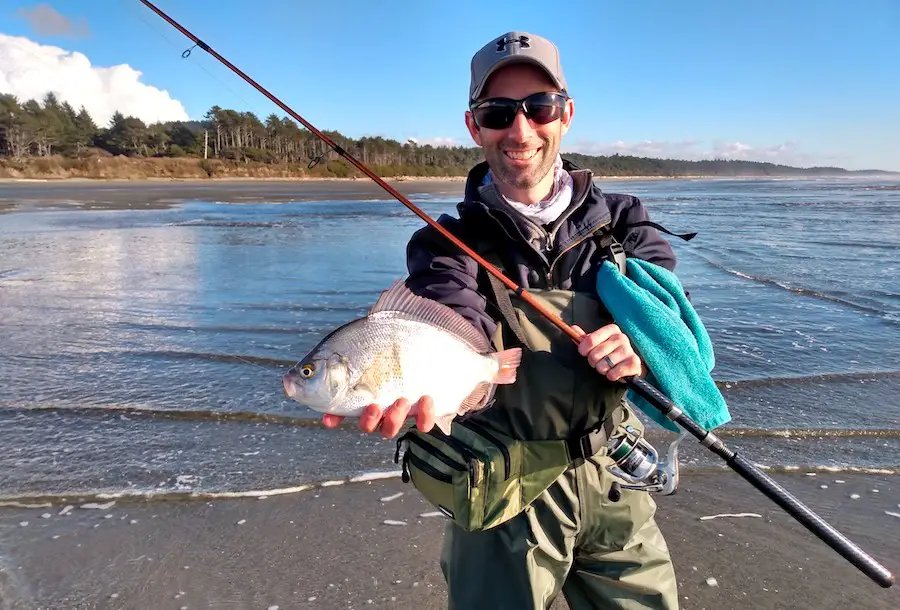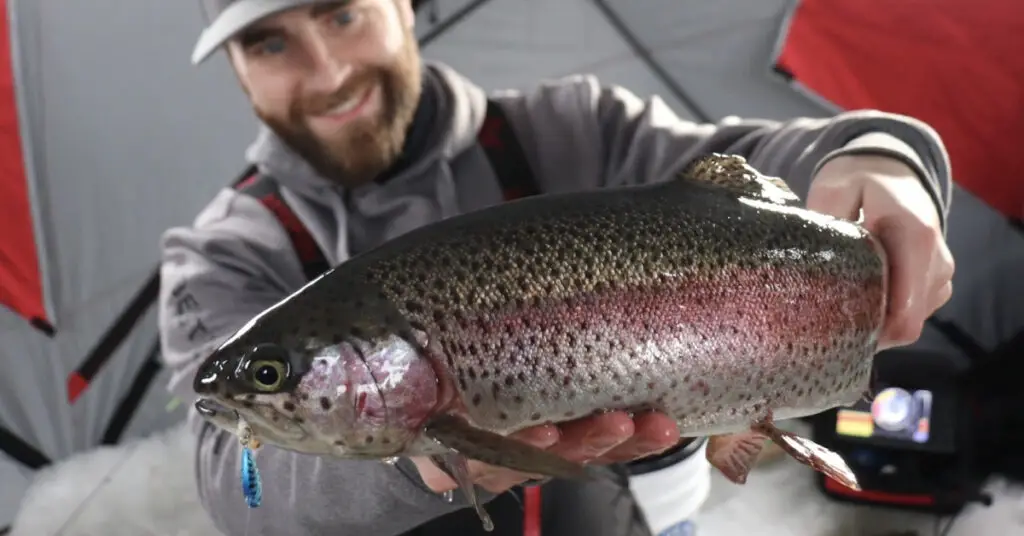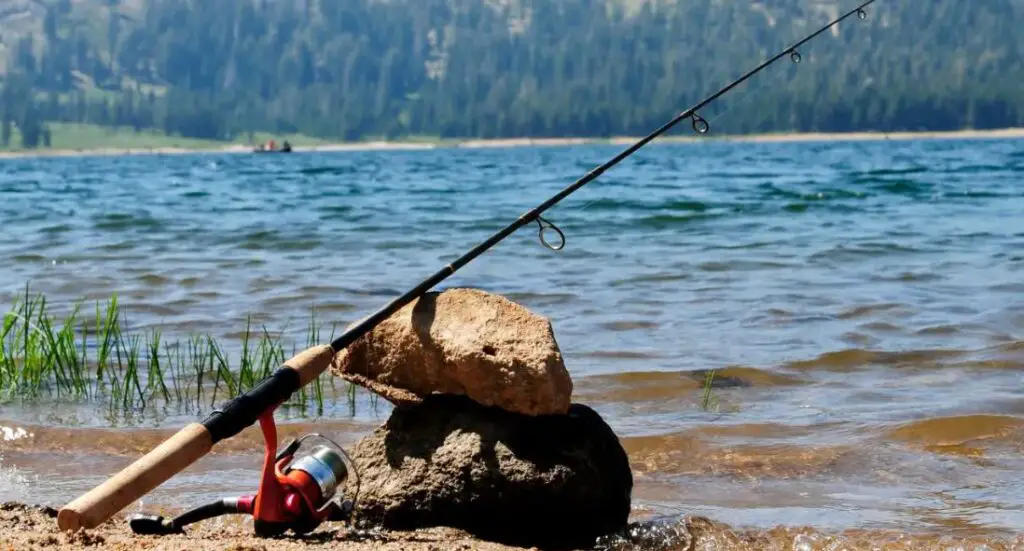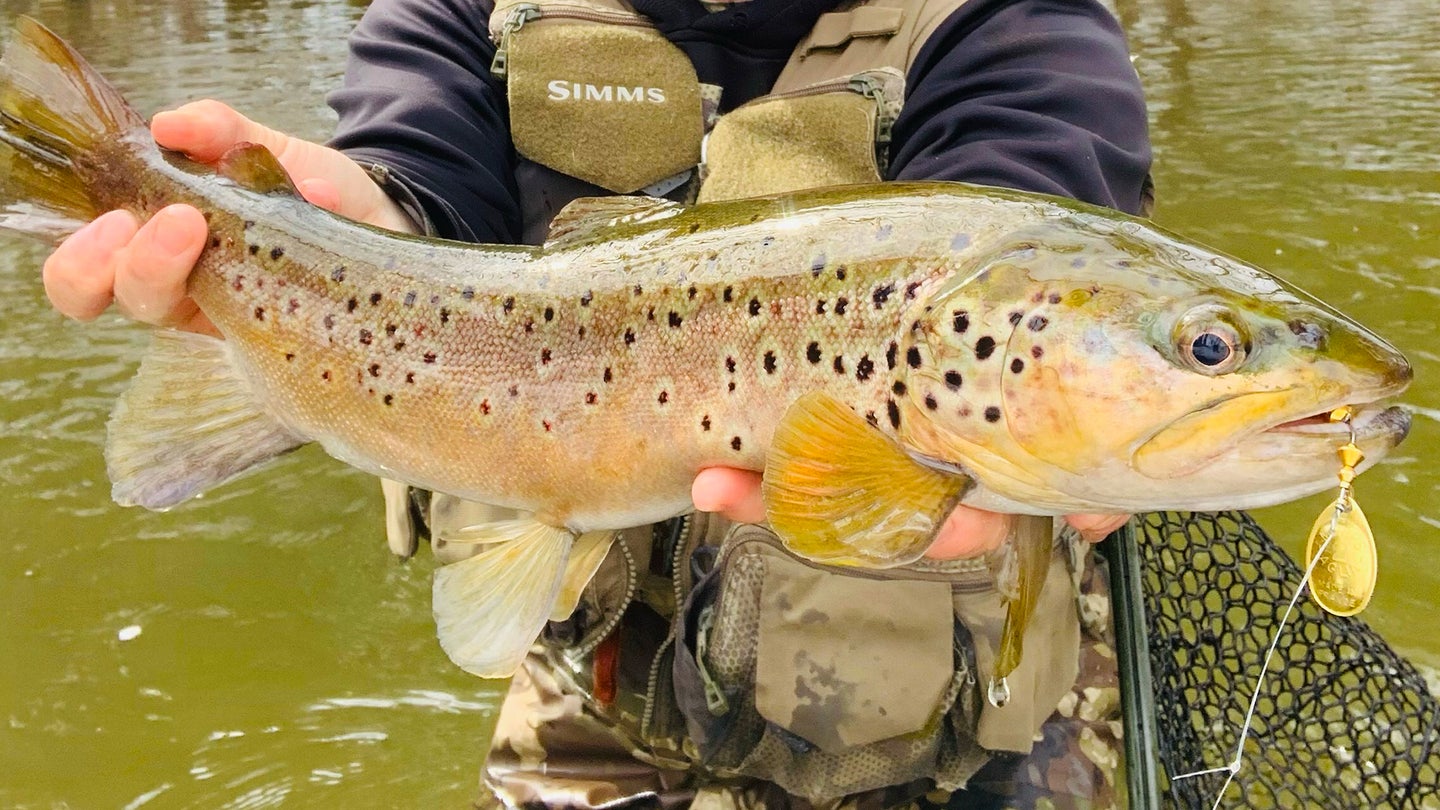Introduction
Fishing for trout can be a challenging yet rewarding experience, but finding the best fishing line for trout is crucial to ensuring a successful fishing trip. With so many options on the market, it can be overwhelming to determine which fishing line is the best fit for your fishing style and needs. In this article, we will cover everything you need to know about finding the best fishing line for trout, including the different types of fishing lines, key features to consider, and our top recommendations.
Understanding Fishing Lines for Trout Fishing
Fishing lines are essential pieces of fishing gear that connect the angler to the fish. A fishing line is a long, flexible cord that is made from different materials, including monofilament, fluorocarbon, and braided lines. Choosing the right fishing line for trout fishing can make all the difference between a successful fishing trip and a frustrating one.
Types of Fishing Lines for Trout Fishing
Before we dive into the key features to consider when choosing the best fishing line for trout, it’s essential to understand the different types of fishing lines available.
1. Monofilament Lines
2. Fluorocarbon Lines
Fluorocarbon lines are similar to monofilament lines, but they are made from a denser material that makes them less visible in the water. This makes fluorocarbon lines an excellent choice for trout fishing because trout can be very sensitive to visible fishing lines. Fluorocarbon lines also have a lower stretch than monofilament lines, which means that you will have better control over your bait and hook.

3. Braided Lines
Braided lines are made from several strands of material woven together. They are known for their strength and abrasion resistance, making them an excellent choice for trout fishing in streams or rivers with rocky bottoms. However, braided lines have a lower level of stretch than monofilament or fluorocarbon lines, which can make it more difficult to detect when a fish is nibbling on your bait.
Key Features to Consider
1. Line Strength and Diameter
Line strength and diameter are two essential factors to consider when choosing a fishing line for trout. The line strength refers to the maximum amount of weight that the line can hold without breaking, while the diameter refers to the thickness of the line. A thinner diameter line will have less resistance in the water, making it more sensitive and easier to cast.
2. Sensitivity
Sensitivity is crucial when fishing for trout because these fish are known for their light bites. A more sensitive line will allow you to detect when a fish is nibbling on your bait, giving you a better chance of setting the hook before the fish escapes.
3. Stretch
The amount of stretch in your fishing line can impact your ability to set the hook and control the fish. Monofilament lines have the highest level of stretch, which can make it more difficult to feel when a fish is nibbling on your bait, but can also help absorb shock when setting the hook. Fluorocarbon lines have less stretch, making them more sensitive and easier to set the hook. Braided lines have the least amount of stretch, which can make it more challenging to control the fish but provide excellent sensitivity.

4. Visibility
The visibility of your fishing line can impact your capability to catch trout. Trout are known for their keen sight and can be fluently scarified by visible fishing lines. Fluorocarbon lines are less visible in the water, making them an excellent choice for trout fumbling in clear water. Monofilament lines come in different colors, making it possible to choose a line that blends in with the surroundings.
5. Abrasion Resistance
Trout fishing in streams and rivers with rocky bottoms can be challenging on fishing lines. Abrasion resistance is a critical feature to consider when fishing in these conditions. Braided lines are known for their excellent abrasion resistance and strength, making them an excellent choice for trout fishing in these environments.
Best Fishing Lines for Trout
Now that we have covered the different types of fishing lines for trout fishing and the key features to consider, let’s take a look at our top recommendations for the best fishing lines for trout.
1. Berkley Trilene XL Monofilament Fishing Line
Berkley Trilene XL Monofilament Fishing Line is an excellent choice for trout fishing. It is made from high-quality nylon material and has a low memory, meaning it won’t retain the shape of the spool after being on the reel for an extended period. The line is incredibly sensitive and has a high level of abrasion resistance, making it an excellent choice for trout fishing in streams and rivers with rocky bottoms.

2. Piscifun Fluorocarbon Fishing Line
Piscifun Fluorocarbon Fishing Line is an excellent choice for trout fishing in clear water. It is made from high-quality fluorocarbon material, making it less visible in the water. The line is incredibly sensitive and has a low stretch, making it easier to set the hook when a fish is nibbling on your bait. The line also has a high level of abrasion resistance, making it an excellent choice for fishing in rocky environments.
3. PowerPro Braided Fishing Line
PowerPro Braided Fishing Line is an excellent choice for trout fishing in streams and rivers with rocky bottoms. It is made from high-quality braided material, making it incredibly strong and abrasion-resistant. The line has a low stretch, making it incredibly sensitive and easy to detect when a fish is nibbling on your bait. It comes in different colors, making it possible to choose a line that blends in with the surroundings.
Conclusion
Finding the best fishing line for trout can be challenging, but it is essential to ensure a successful fishing trip. When choosing a fishing line for trout, consider the type of line, key features like sensitivity, stretch, and abrasion resistance, and your fishing environment. Our top recommendations for the best fishing lines for trout are Berkley Trilene XL Monofilament Fishing Line, Piscifun Fluorocarbon Fishing Line, and PowerPro Braided Fishing Line. Each of these lines offers unique features that make them suitable for different trout fishing environments.
Whether you are a beginner or a seasoned angler, having the right fishing line can make all the difference in your trout fishing experience. By considering the type of line and the key features that are important to you, you can choose the best fishing line for your specific needs..
FAQs
- What pound test line should I use for trout fishing?
The pound test line you should use for trout fishing will depend on the size of the trout you are targeting and the fishing environment. In general, a 4-6 pound test line is suitable for most trout fishing situations.
2: What is the difference between monofilament and fluorocarbon fishing lines?
Monofilament fishing lines are made from nylon and have a higher level of stretch than fluorocarbon lines. Fluorocarbon lines are made from a denser material, making them less visible in the water and more sensitive.
3: Can I use braided line for trout fishing?
Yes, braided fishing lines can be used for trout fishing. They offer excellent strength and abrasion resistance, making them suitable for fishing in rocky environments.
4: How often should I change my fishing line?
It is recommended to change your fishing line every season or after approximately 100 hours of use. However, if you notice any damage or wear on your fishing line, it should be replaced immediately.
5: Is it essential to match the fishing line to the fishing rod and reel?
Yes, it is crucial to match the fishing line to the fishing rod and reel to ensure optimal performance. Using the wrong line can result in decreased sensitivity and increased chances of line breakage.


